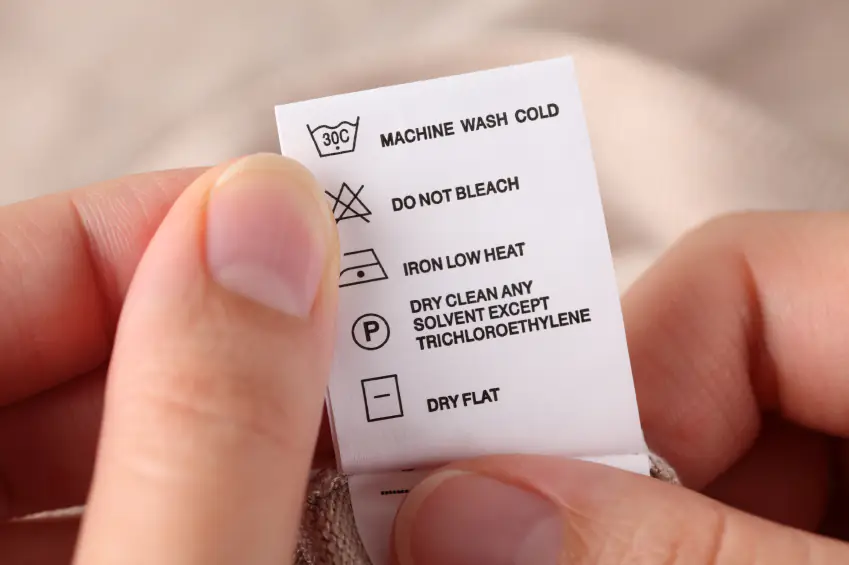When you invest in designer clothing, the tiniest tag can protect the silhouette, color, and drape you fell in love with. Fabric care labels are more than legal fine print; they are a roadmap for preserving fit, hand feel, and finish across repeated cleanings.
Because luxury garments often blend delicate fibers, specialty dyes, and couture construction, reading the label before the first wash prevents shrinkage, puckering, or dye transfer. With a few minutes of careful decoding, you can extend the life of your wardrobe and avoid costly mishaps that even gentle cycles can cause.
Decoding Symbols at a Glance
Care labels follow a visual language in a predictable order: washing, bleaching, drying, ironing, and professional care. A tub icon indicates machine or hand washing; a hand means hand wash only; a crossed-out tub means do not wash. Triangles cover bleach (open for any bleach, lined for non-chlorine only, crossed-out for none).
Squares describe drying: a circle inside a square means tumble dry, with dots indicating heat; horizontal lines indicate flat or line dry. Irons use dots for temperature and crossed-out versions for prohibition. A plain circle indicates professional cleaning, with letters (P, F) telling the cleaner which solvents are safe.
Fiber Content and Why It Matters
Labels list fiber percentages for shell, lining, and trims because fibers behave differently in water, heat, and agitation. Wool, cashmere, and alpaca felt and shrink with heat and rubbing; silk can develop water spots and lose luster; viscose weakens when wet and can stretch out of shape; acetate is heat sensitive; linen tolerates higher heat but creases easily.
Blends complicate care because the strictest fiber usually “wins.” Pay attention to separate entries for linings, interlinings, and embellishments—what is safe for a cotton shell may be risky for a rayon lining or adhesive interfacing. When in doubt, match your method to the most delicate component.
Temperature, Agitation, and Drying Choices
Temperature controls dye stability and shrinkage risk: cold preserves color and minimizes contraction, warm helps lift body oils, and hot raises the odds of felting or warping. Agitation matters just as much; delicate cycles reduce mechanical action, while mesh bags protect straps, lace, and hardware from snags.
Spin speed can deform bias-cut hems or stretch knits, so a lower speed is safer. Drying determines final texture and fit—high heat can glaze silk, compress wool, and relax adhesives; air dry on a rack or lay flat on towels for knits to maintain shape. Press with the recommended iron setting, using a press cloth for shine-prone fabrics.
Special Finishes and When To Seek Help
Designer pieces often include beads, sequins, bonded coatings, leather trims, lamination, foiling, or specialty interfacing that react unpredictably to water and heat. Even if the shell fiber seems sturdy, moisture can cloud coatings, loosen adhesives, or tarnish metal threads. Spot cleaning should be tested on hidden seams and blotted rather than rubbed to avoid ring marks.
If care instructions specify “dry clean only” with a particular symbol, that points to finish sensitivity, not just fiber fragility. When you’re uncertain—or dealing with couture construction, inset panels, or heavy embellishment—a reputable laundry service provider can evaluate risks and choose the least invasive method.
Conclusion
Care labels compress a lot of expertise into a small space, translating fiber science and finish chemistry into practical steps you can follow at home. By reading the symbols in order, deferring to the most delicate component, and moderating temperature, agitation, and heat, you preserve the fit, surface, and color that define designer quality. Treat the label as part of the garment’s design, not an afterthought, and you’ll keep favorite pieces looking refined long after the first wear.
Keep an eye for more latest news & updates on Forbes Zine!




